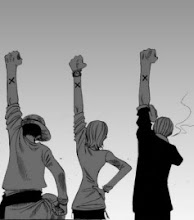
In the middle Ages, type of play acted within or near the church and relating stories from the Bible and of the saints. Although they had their roots in the Christian liturgy, such plays were not performed as essential parts of a standard church service. The language of the liturgical drama was Latin, and the dialogue was frequently chanted to simple monophonic melodies. Music was also used in the form of incidental dance and processional tunes
Before 1200, most were still being done inside the church as part of the liturgy. Most were probably still in Latin, the language of the Church.
Staging:
There were two main areas for the performances to take place:
Mansions -- small scenic structures for indicating location (for instance, a throne might equal the palace of Pilate). In more complex plays, there were many mansions. Platea – general acting area, adjacent to the mansion.
The church structure usually served as the mansions (the choir loft, for instance, could serve as heaven; the altar might be the tomb of Christ).
Machinery was also used: to fly Christ up to heaven, have angels come down, etc.
Costumes were probably ordinary church vestments.
By 1200, some of these plays were being performed outdoors.
By 1350, plays were in the vernacular, rather than Latin.
Laymen were the actors (male members of the community, unpaid—though there were some women on stage in France), no longer clerics and priests.
The stories began to range even further than when they were part of the liturgical services. The church seemed to support these dramas.


